6 Historic Women Who Shaped Tattoo History

6 Historic Women Who Shaped Tattoo History
From chemistry, physics, science, and women like Marie Curie to tattooing, it goes without saying that women have contributed greatly to the invention and development of a wide range of industries around the world. Unfortunately, we rarely hear about the women who deviated from the crowd and who overcame incredible odds. The world's advancement is credited to those who made it better despite not being asked to do so.
In this article, we examine the pioneering female tattoo artists of the 19th century who paved the way for today's female artists.
Many of these female tattoo artists, began their tattooing journey in the early 1900s, a time when women still had few political and social rights and were expected to be caregivers, housewives, and duty-bound wives devoted to their husbands. Despite the fact that women's rights have certainly improved since the early 1900s, there are still many battles left to be fought until true equality is achieved, and by 2023, if women still cannot be recognized as legally equal to men, we can only imagine the hardships that new female tattooists will face.
In honor of the early female tattoo artists who chose for themselves, and refused to be dictated to by society or men, we salute these women who contributed to the art form of tattooing will be celebrated and remembered for generations to come.
Maud Wagner: America’s First Female Tattoo Artist
The first female tattoo artist in America was Maud Steven Wagner of Lyon County, Kansas. Born in 1877, Maud grew up in poverty, in a home with limited opportunities. When she was a teenager, Maud decided she would run away and join the circus. She left her life of poverty to become a talented contortionist and aerialist.
Maud met a young Gus Wagner who had a lot of tattoos and was reputed to be a talented artist, and she enjoyed the artist's body art enough to agree to a date with him in exchange for tattooing lessons before the two fell in love. Leaving the circus, Maud proved to be the first woman to never use an electric tattoo machine and master the hand-poked tattoo method that she used exclusively until she died in 1961. Besides being the first female tattoo artist in America, Maud is credited with helping the art form spread inland and to a wider audience. Throughout her mom's and dad's lives, daughter Lovetta learned the art of tattooing at a young age and went on to become a successful tattoo artist herself. Maud and Gus didn't mind their daughter tattooing, but they had promised each other they would never tattoo her themselves. And so, their daughter Lovetta became one of the few tattoo artists in existence who had never been tattooed herself.
Maud Wagner and her daughter Lovetta are fondly remembered for their contributions to tattooing and the women's movement to this day.
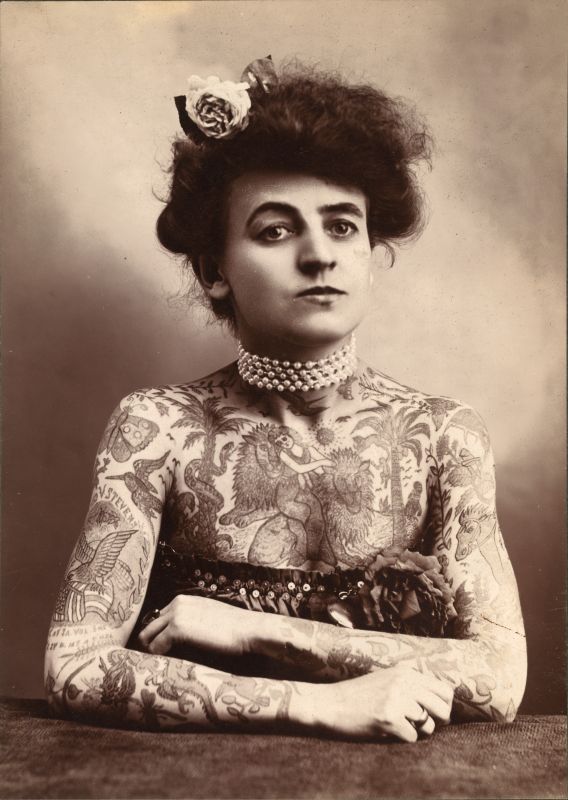
Mildred “Millie” Hull, the Queen of Bowery
Born in 1897, Millie dropped out of school at the age of 13 to join the circus, and eventually found work as a burlesque dancer. Upon discovering that she could earn a greater living in the circus as a burlesque dancer, Millie sought out legendary Bowery tattooist Charlie Wagner, who covered Millie’s entire body in tattoos in a matter of weeks. Inspired by her experience with Charlie Wagner that sparked her curiosity, Millie went on to learn to tattoo under Wagner himself, developing her own tattooing skills, and opening her own shop that she called “Tattoo Emporium”, in Manhattan’s Bowery, in NYC in the late 1930s. She made a successful career out of tattooing and was one of the only women of her time to work on the Bowery. Hull was voted "NYC's only female tattoo artist", which proved just how talented and tough she was.
Tragically, Mildred Hull’s incredible life came to an end at age 50, in 1947. She was found to have self-poisoned, leaving behind a heartbreaking end to a life that had inspired so many. Looking back, it’s clear that Millie defied gender norms and paved the way for female tattooists to come. Earning her place in tattoo history during a time when the industry was almost entirely dominated by men, Mildred Hull is now remembered as the mother of modern tattooing and queen of the Bowery.
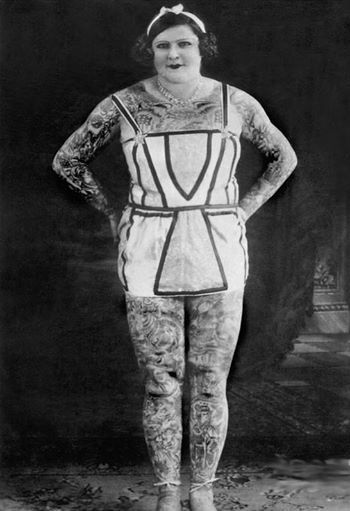
Jessie Knight: England’s First Female Tattoo Artist
Born in 1904, Britain’s first female tattooist Jessie Knight was the granddaughter of sailor Leonard Knight. Her longtime love affair with tattooing was inherited from her father, who had traveled extensively as a sailor and worked as both a circus performer and a tattoo artist. Jessie spent most of her childhood traveling with her father as he performed daredevil acts and tattooed clients and performers. Her father entrusted her enough to run the family tattoo shop when she was just 18. Many of her clients were surprised by her age and gender, but she persisted in following her passion. As she got older, she was starting out in her career. At the time, tattoos were not widely accepted in Britain. Sadly, Jessie’s husband was the biggest obstacle in her career as an artist. Married at the age of 27, she temporarily stopped tattooing at her husband’s request. It was said that he was frequently abusive to Jessie and she suffered six miscarriages in as many years of marriage. So, she eventually managed to escape her marriage and start her own tattoo studio in 1936 where she tattooed both soldiers and civilians throughout the Second World War. She had left behind her old life and turned her attention to tattooing. A pioneer of the industry, Jessie Knight was the first and only female tattooist to work professionally in Britain for over forty years. Jessie worked without stencils and branded herself as “The World-Famous Jessie Knight: Expert Freehand Lady Tattoo Artist” on her business cards.
To everyone’s surprise, in 1955, Jessie Knight won 2nd place in London’s “Champion Tattoo Artist of All England” competition, which was an unfathomable accomplishment for a woman of that period. After retiring from tattooing, Knight continued to do pieces at home for friends and family until she passed away in 1992 at the age of 88. A strong, forward-thinking woman who broke down barriers and pursued her passion despite her critics, Jessie Knight was a true feminist icon setting the standard for the next generation of female tattoo artists and leaving a lasting legacy in the tattoo industry.
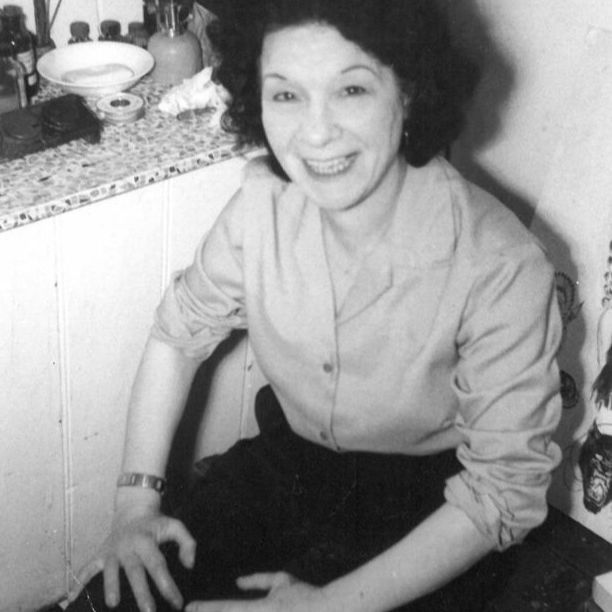
Betty Broadbent: The 20th Century Most Photographed Tattooed Women
Born in Philadelphia in 1909, Betty became interested in tattooing at the age of 14 after meeting Jack Redcloud, a heavily tattooed man, in Atlantic City. Her fascination with Jack Redcloud’s tattoos led her to Redcloud's tattoo artist, Charlie Wagner. By the end of 1927, Betty had over 565 tattoos on her body done by Wagner and other artists, and she was able to land a job in a circus thanks to one of Charlie Wagner's connections. Broadbent worked displaying her body art and learned to ride horses and mules.
In 1937, Betty decided to travel internationally and proudly displayed her body art to circusgoers in New Zealand and Australia. She eventually returned to the United States, where she continued to perform in circus sideshows.
In 1939, Betty took part in the World Fair, one of the biggest moments in her life yet daring, considering that tattooing was viewed as an unacceptable practice by society. This act of bravery and defiance enabled Betty to ignite a flame and pave her own path, liberating women from conventional and narrow beauty standards, bringing attention to tattooing, and proving to be a feminist icon and leader.
Apart from performing in the circus, Betty worked as a tattoo artist, traveling across countries like Montreal, San Francisco, and New York. She was the first inductee into the Tattoo Hall of fame in 1981.
Betty died at the age of 73 and today, she is famously regarded as the most photographed tattooed lady of the 20th century. In addition to influencing the standard of female beauty, her work in the entertainment and tattoo industries has motivated young women to achieve individuality.
.jpeg)
Esther Evans: Historic East Coast Female Tattoo Artist
Esther Evans has arguably been one of the most talented female tattoo artists of the 19th century. Her career as a tattoo artist began when she learned the art from her husband and tattoo artist, Sailor Eddie. Esther flourished as a very successful artist and created a long-lived legacy in her community and throughout the East Coast country. Being one of August Coleman's students, Evans was known for her bold, vibrant, and colorful style, which often gained her the attention and admiration of many.
As part of her career, Esther operated in two tattoo shops in Philadelphia, Pa and Camden, NJ both of which she owned with her husband. The shops were successful and employed legendary artists like Paul Rogers. Sadly, Esther's contributions to the tattoo industry as an early female artist were greatly overshadowed by those of her husband, Sailor Eddie.
Traditional tattooing in America was greatly influenced by Esther Evans. Thankfully today, it is encouraging to see women becoming more familiar and acquainted with Esther’s work as both a businesswoman and a brave artist.
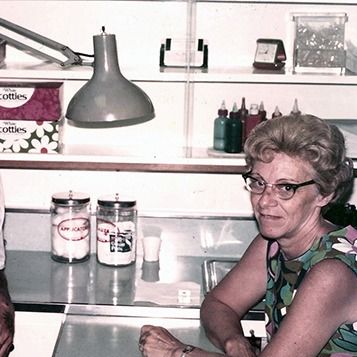
Dainty Dotty: 19th Century Female Tattooist and Business Owner
In the 1930s, Dainty Dotty rose to fame in the public eye as the infamous "fat lady" in the Ringling Brothers' Circus. While she was in Detroit as a circus entertainer, Dotty met the famous tattoo artist, Owen Jensen, who taught her the art of tattooing.
Dotty and Owen married soon after meeting, and they pursued their love for tattoos as a couple. The Jensen’s left Detroit and moved to California together, where they opened their successful tattoo shop in Long Beach in the Pike amusement zone. Over time, the two also launched a tattoo supply company, providing tattoo art tools to artists across the country to help them create beautiful permanent artwork.
She is rumored to have had tattoos done by her husband Owen over the years but no pictures are available of the unique pieces he had left on his wife’s skin.
Dainty Dotty held the title of the world's heaviest female tattoo artist during her career, weighing over 600 lbs. Her elevated weight increased her heart's workload, resulting in a fatal heart attack in 1952. Dotty passed away and her death was a terrible loss to the community but today, she is remembered for her legacy of female empowerment, body positivity, and business savvy.
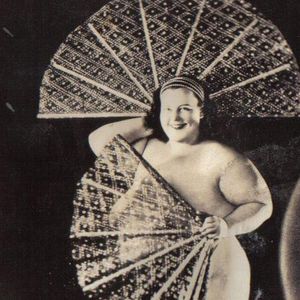
From the dawn of the 21st century till this day, there has been a handful of female tattoo artists who inherited the tattoo legacy, revolutionized this once-taboo practice, and turned it into a meaningful art movement and a much-loved and appreciated trend.
